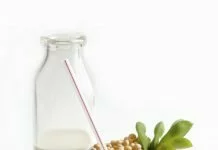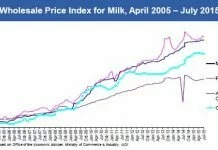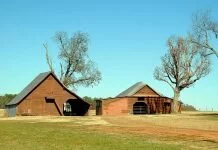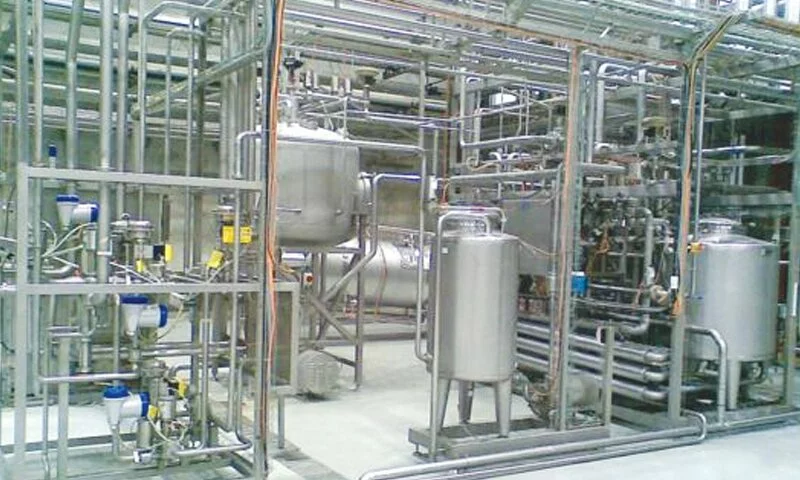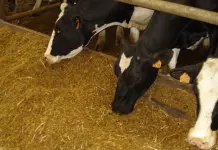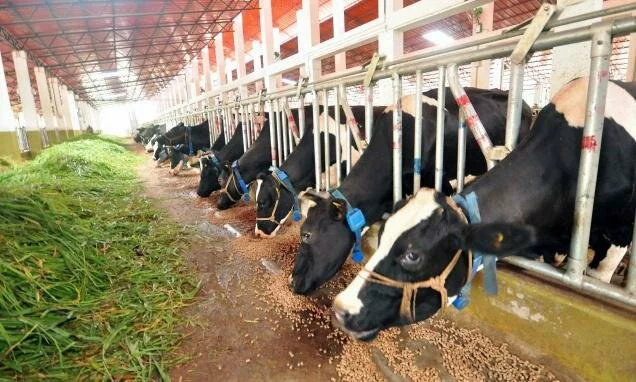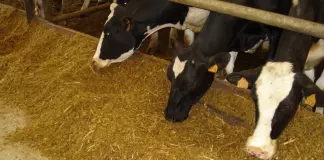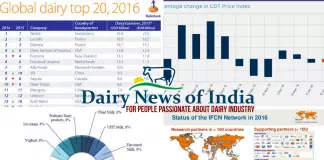Source: farmersjournal.ie
Milk production in India suffers from a number of factors such as genetics, falling water tables and poor farm management.
This is according to an assessment by the US Department of Agriculture’s Global Agricultural Information Network. The more affluent population are demanding more diversified milk and dairy products which India’s dairy farmers will find hard to meet this rising demand.
Most of India’s milk production is carried out by small and marginal farmers and landless labourers owning less than five cows or water buffaloes. The farmers depend on low cost agricultural by-products and other locally available feed sources.
More than half of the country’s milk comes from water buffaloes. Many farmers prefer water buffalo milk because of its higher fat content. Milk prices are set by volume, fat, and solids-not-fat content. Water buffaloes can also be slaughtered for meat production, unlike cows, which are deemed sacred in most Indian states.
Around 20% of India’s total milk production is further processed or pasteurized by the organised sector, which includes government supported dairy co-ops and licensed private dairies.
The National Dairy Development Board is implementing a National Dairy Plan to help address some of the challenges, but these are primarily focussed on assisting state supported co-ops and processors and not the private sector.
Comments
comments










